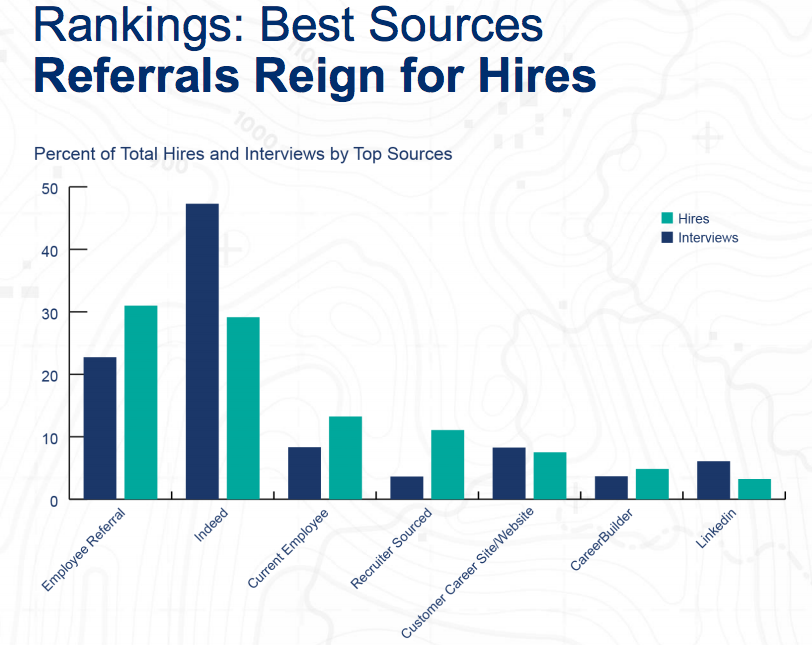I tend to read a lot about the type of manager you want to work for and with. It got me thinking, what about the 5 Hiring Managers You Don’t Want!? Not only for performance reviews but for interviews, development planning, discipline, etc. In HR we are constantly dealing with every type of hiring manager you can imagine but I came up with the top 5 I hate dealing with:
1. The Up-And-Out: You know this person, usually happens in larger organizations, at some point they were given a manager/director/VP title because they were the last one standing. As the talent took off in the organization to better positions with your competition, they kept moving up based mostly on the fact they had been around longer. But in the end, they lack talent, lack motivation, aren’t respected, and usually way over their head. They’ve been promoted past their ability and are now just waiting to be fired or retire.
2. The Nana-Nana-Boo-Boo I’m Better Than You: This the person who became a manager because they were probably the best at what ever function they were in, but lack leadership skills, so their leadership philosophy is to continue to show their staff that they are still better than their team by showing them up constantly and publicly. A huge piece of this stems from lack of self confidence and they feel they have to continue to show their bosses why they put them in charge, to begin with because they “get” this stuff and no one else does.
3. The Classic Politician: This is Captain Ass-Kisser (which was my first title for this hiring manager but I didn’t want to offend anyone) and Captain Fence Sitter. This is the hiring manager that will never take a stand, never be controversial and never put themselves in a position where they will protect their team. Basically, these are 85% of hiring managers at the Fortune 500 (hey don’t get mad at me I didn’t come up with the stat! Okay, I did but it seems about right, right?).
4. The Super Model: Have you ever noticed that most leaders are “pretty” people? Not only that, but they’re Tall. Abnormally tall and pretty on average, like there’s some conspiracy against short, ugly people. Look around at your leadership team and you’ll see 3 things: the average heigth is above the national average, they don’t have adult acne, and they have good hair. There actually have been academic studies done on this concept. People want their leaders like they want their celebrities, good looking and tall. Now this doesn’t make them less qualified, but it doesn’t make them more qualified either. And yes, I’m short with red hair and only my youngest son thinks I’m good looking and that’s only because he still fears I’ll shut off his iPhone.
5. The Tony Robbins-Stephen Covey-Wayne Dyer-Dr. Seuss: This one drives me completely insane! It’s the manager who reads leadership books constantly and only speaks in leadership-quotes-I’ve-read-in-books speak. You know, it’s gotta be a win-win, sharpen your saw, focus on our hedgehog, get that fly wheel going kinda day! These are the people that don’t have an original thought in their head but think their mashup of all the latest leadership crap somehow is an original master piece of their own.
So, hit me in the comments, which leader persona do you hate!?

